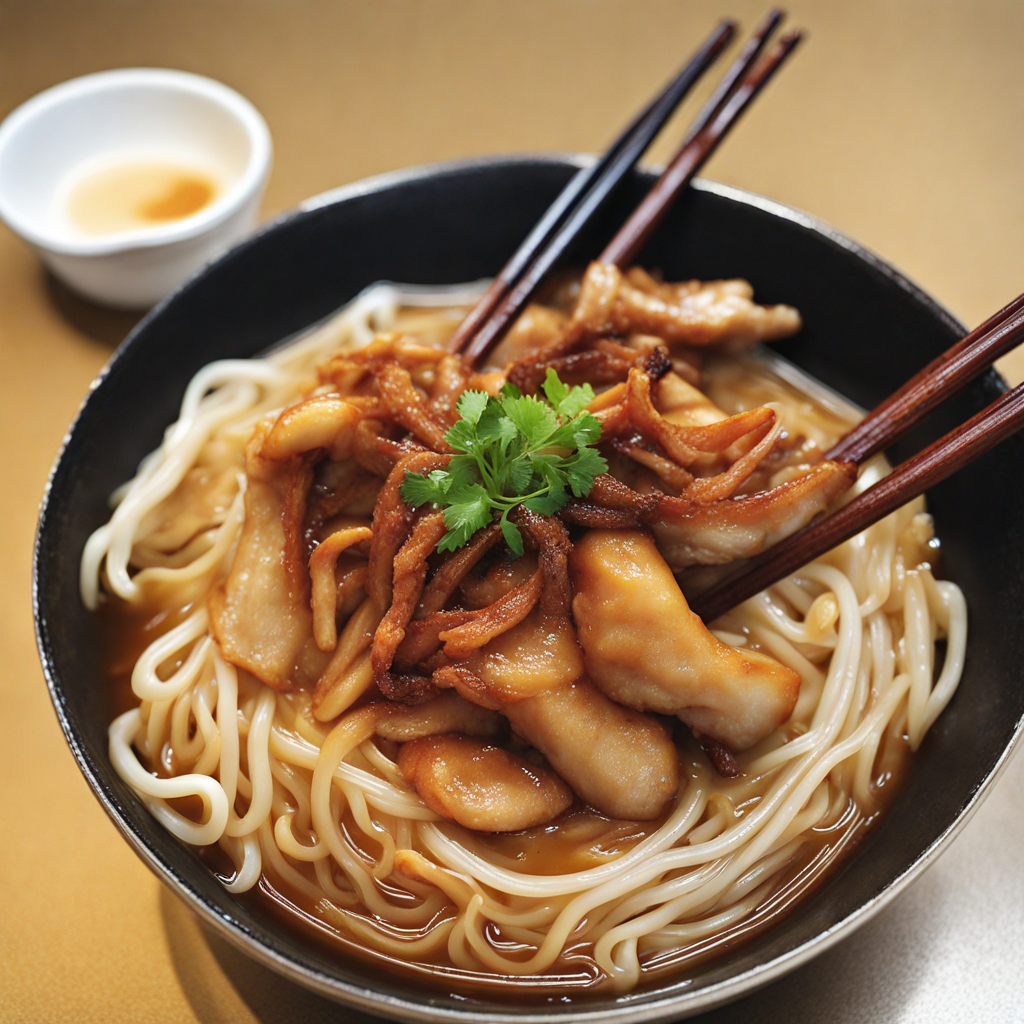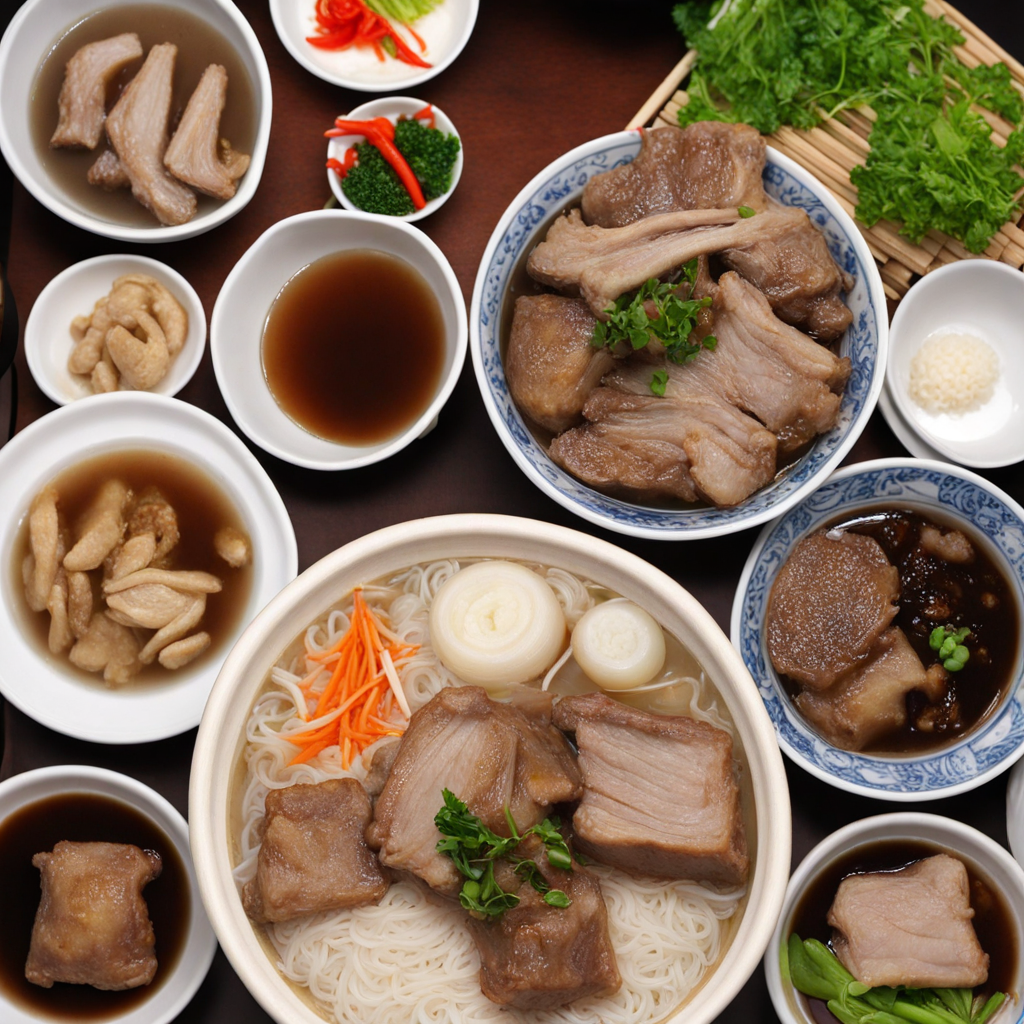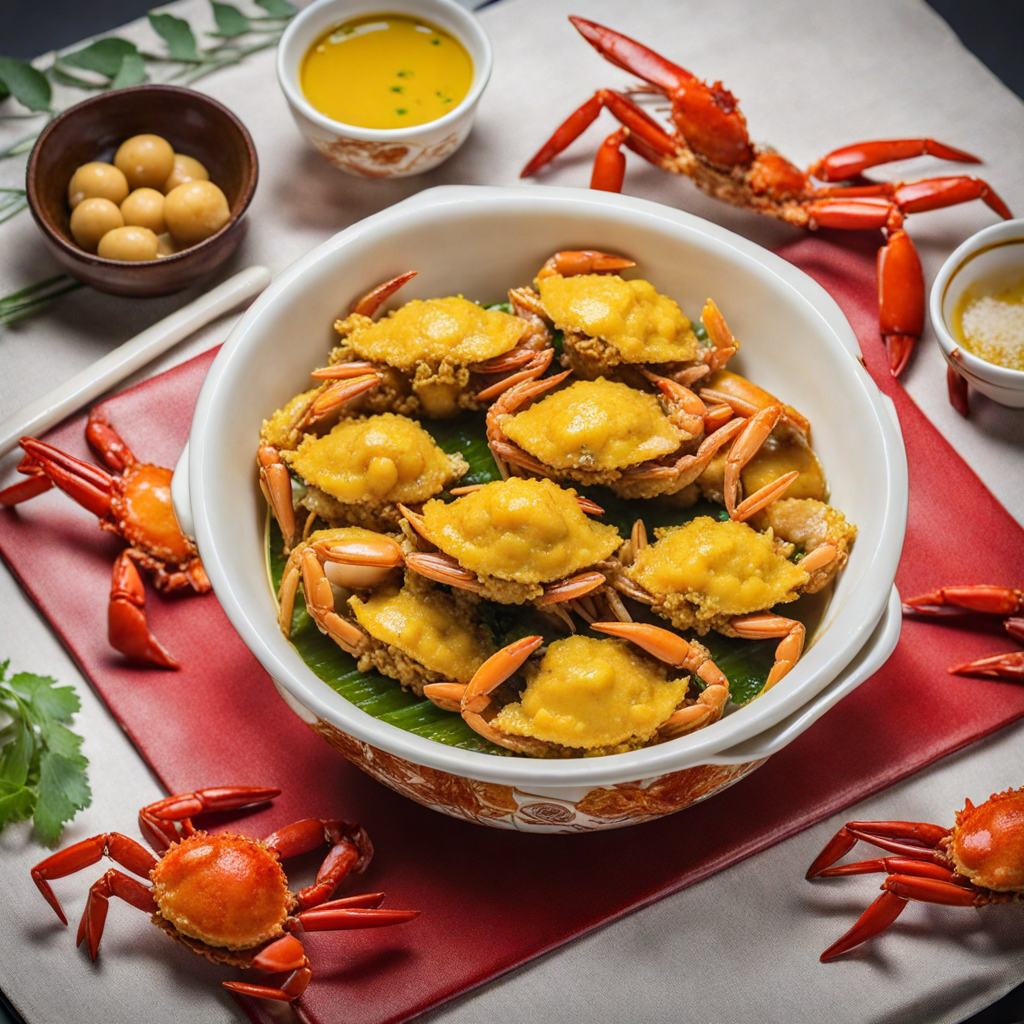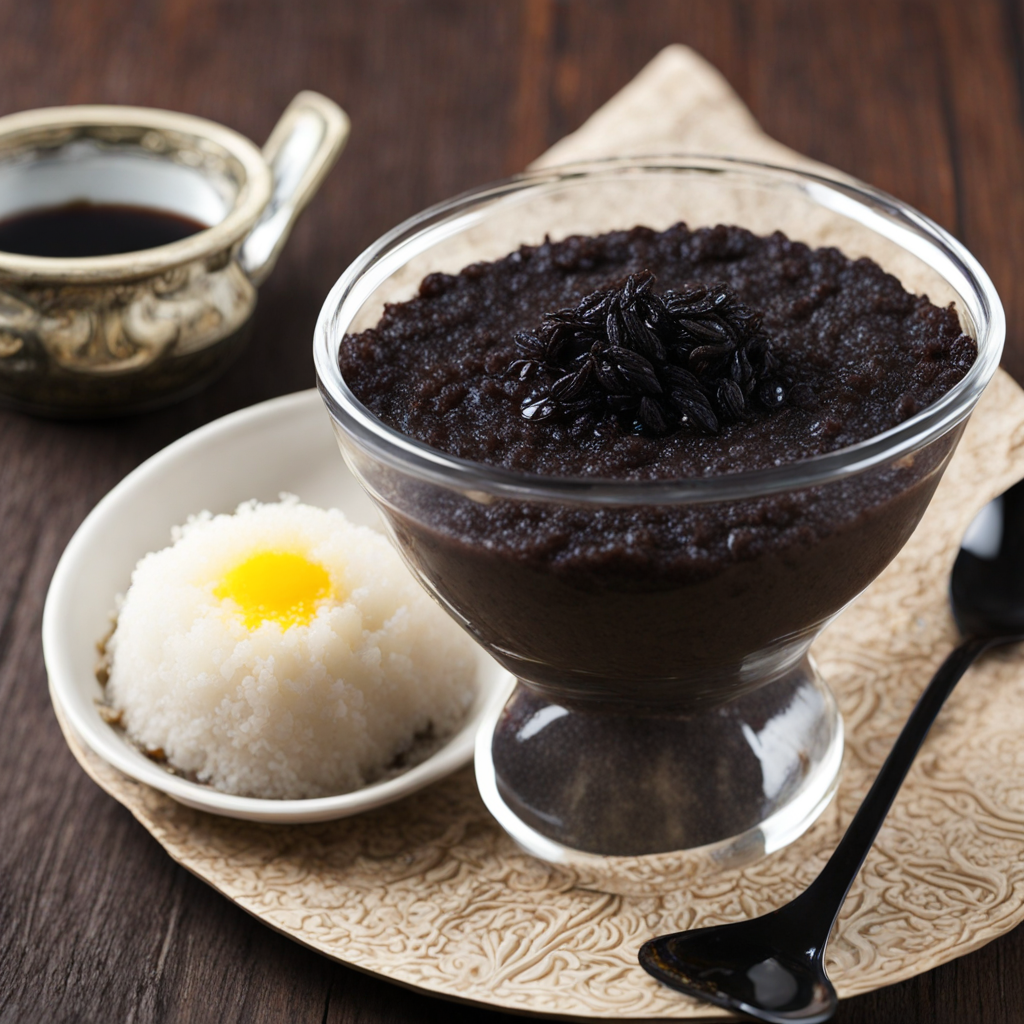Chicken Feet Noodle
Chicken Feet Noodle is a unique culinary experience that originates from Singapore, where vibrant flavors and various textures come together in a delightful dish. The star of this dish is the tender, succulent chicken feet, which are often marinated and braised to perfection. They are known for their gelatinous texture, offering a delightful chewiness that contrasts beautifully with the soft noodles. The dish typically features a base of egg noodles or rice noodles, which are coated in a rich, savory sauce that enhances the overall flavor profile. Accompanying the noodles and chicken feet are a medley of fresh vegetables, such as bok choy, bean sprouts, or scallions, adding a refreshing crunch and a burst of color to the plate. The combination of the chicken feet's subtle taste and the umami-packed sauce creates a harmonious balance, while the vegetables lend a nourishing quality to the dish. Often, a dash of chili sauce or a sprinkle of fried shallots is added for an extra layer of flavor, making it a delightful treat for those who enjoy a bit of heat. Chicken Feet Noodle is more than just a meal; it is a testament to Singapore's rich culinary heritage, where traditional recipes meet modern tastes. This dish is often found in hawker centers, where locals enjoy it as comfort food or a late-night snack. It offers a unique opportunity for adventurous eaters to step outside their culinary comfort zones and explore the distinctive flavors and textures that define Singaporean cuisine. With each slurp of noodles and bite of chicken feet, you'll discover a new world of tastes that will leave you craving more.
How It Became This Dish
The Engaging History of 鸡脚面 (Jī Jiǎo Miàn) in Singapore #### Introduction In the vibrant tapestry of Singapore's culinary scene, few dishes capture the essence of local culture and history as vividly as 鸡脚面 (Jī Jiǎo Miàn), or Chicken Feet Noodles. This dish, which combines the tender, gelatinous texture of chicken feet with the comforting chewiness of noodles, not only tantalizes the taste buds but also offers a glimpse into the rich traditions and multicultural influences that define Singaporean cuisine. Its evolution reflects the dynamic interplay of history, migration, and culinary innovation. #### Origins: A Fusion of Cultures The origins of 鸡脚面 can be traced back to the early Chinese immigrants who arrived in Singapore in the 19th and early 20th centuries. Primarily hailing from the southern provinces of China, such as Guangdong and Fujian, these immigrants brought with them a treasure trove of culinary traditions. Chicken feet, known as “凤爪” (fèng zhǎo) in Mandarin, were considered a delicacy in many Chinese regional cuisines. They were often used in various dishes, from stir-fries to soups, reflecting the resourcefulness of these early settlers who sought to minimize waste by using every part of the chicken. In the context of Singapore, chicken feet were typically prepared in a soy sauce braise, infused with spices, and served with rice or noodles. The incorporation of noodles into the dish is believed to be a result of local influences, as Singapore's diverse food culture includes a multitude of noodle dishes from different traditions, including Chinese, Malay, and Indian. #### Cultural Significance: More Than Just a Dish 鸡脚面 is not merely a culinary creation; it is a dish laden with cultural significance. For many Singaporeans, it evokes memories of family gatherings and shared meals, where the act of eating becomes a communal experience. The texture of chicken feet, often described as both crunchy and tender, paired with the noodles, creates a unique mouthfeel that is both nostalgic and comforting. In Chinese culture, chicken feet symbolize prosperity and abundance, making them a popular choice during festive occasions and celebrations. As such, 鸡脚面 is often served during family reunions and gatherings, reinforcing the bonds of kinship and shared heritage. The dish has also found its way into hawker centers, where it is enjoyed by people from all walks of life, reflecting Singapore's ethos of multiculturalism and inclusivity. #### Development Over Time: From Tradition to Modernity As Singapore evolved into a global city, so too did its culinary landscape. The late 20th century saw a resurgence of interest in traditional foods, with many chefs and food enthusiasts exploring the roots of local dishes. 鸡脚面 experienced a renaissance as it transitioned from a humble street food to a beloved dish in both hawker stalls and upscale restaurants. Chefs began experimenting with the preparation and presentation of 鸡脚面, introducing creative twists while maintaining its essence. Variations emerged, showcasing different broths, sauces, and noodle types. Some chefs incorporated local flavors, such as chili and lime, to cater to the diverse palate of Singaporeans. Others opted for gourmet interpretations, presenting the dish with artisanal noodles or sous-vide chicken feet, elevating its status on dining menus. The rise of social media and food blogging in the 21st century further propelled 鸡脚面 into the spotlight. Food enthusiasts began documenting their culinary experiences, sharing images and reviews of the dish, which sparked interest and curiosity among a younger generation. This digital exposure helped revitalize traditional foods and encouraged the exploration of local culinary heritage. #### The Contemporary Scene: A Dish for All Today, 鸡脚面 can be found in various food establishments across Singapore, from bustling hawker centers to trendy cafes and fine dining restaurants. Its versatility allows it to cater to different tastes and preferences, making it an attractive option for a wide audience. Traditionalists still enjoy the classic braised version, while adventurous eaters can explore innovative takes that incorporate fusion elements or seasonal ingredients. In addition to its culinary evolution, 鸡脚面 has also become a canvas for social commentary. Many chefs and food advocates are using the dish to address issues of food sustainability and ethical eating. By promoting the use of less popular cuts of meat, like chicken feet, they encourage diners to appreciate the entirety of the animal and support more sustainable food practices. #### Conclusion: A Culinary Legacy As we savor a bowl of 鸡脚面, we are not just indulging in a delightful dish; we are partaking in a narrative that spans generations and cultures. From its humble beginnings among early Chinese immigrants to its contemporary status as a beloved local favorite, 鸡脚面 serves as a testament to Singapore's rich culinary heritage. It embodies the spirit of innovation and adaptation, reflecting the diverse influences that shape the nation's identity. In an ever-evolving food landscape, 鸡脚面 reminds us of the importance of preserving traditions while embracing change. It invites us to explore the stories behind the food we consume and to celebrate the connections that bind us through shared meals. As Singapore continues to grow and evolve, it is dishes like 鸡脚面 that anchor us to our past while inspiring us to envision the future of our culinary heritage.
You may like
Discover local flavors from Singapore







